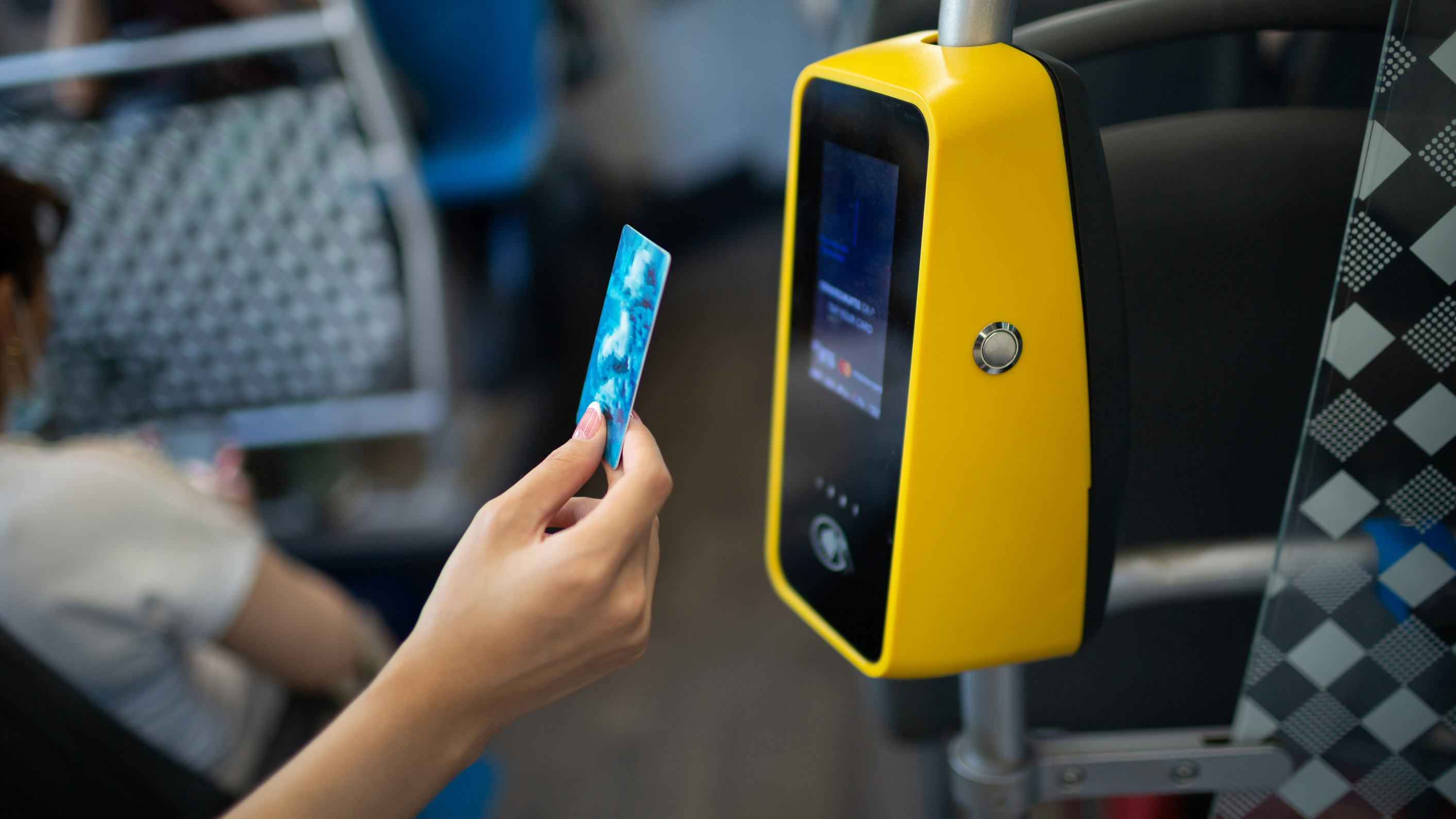Insights from Transport Ticketing Global 2024
by Andreea

Earlier this month, the Littlepay team headed to Olympia, London for Transport Ticketing Global 2024, and, as always, it did not disappoint. The event was filled with genuinely interesting meetings and discussions about new ideas and potential solutions for the transit industry. After a busy few days, we are ready to reflect on the experience and share our key takeaways from the event.
This year, we noticed that modularity and contactless payments are now considered a requirement for the successful implementation of any new fare collection system. Riders from all over the world expect operators to have tap to pay options available on board. Operators that we spoke to were curious to know more about e-commerce in transit, multi-modal and multi-operator systems, with a key focus on improving the passenger experience, thus increasing the ridership.
E-commerce in transit
It looks like the industry is ready to take mobile payments in the transit space to the next level. We had some valuable discussions with agencies, operators, local authorities and partners (both current and future!) on how to achieve that. From Littlepay Checkout, our partnership with Urban Things and our industry-first Google Wallet experience, operators can take advantage of our omnichannel capabilities to provide a well-rounded mobile experience for their customers.
“Our e-commerce product, Checkout and Google Wallet have been popular subjects this year. Both products deliver value beyond a core offering allowing partners to plug in to Littlepay to deliver innovative features across payment channels to our operators and their passengers. Google Wallet will probably have the biggest impact this year, allowing passengers to have a true experience of a transit app and its functionality, without the need to download a specific application.”
said Sarah McLaughlin, Business Development Manager at Littlepay
Multi-modal and multi-operator transit systems
An interesting trend we noticed this year is a strong preference for a more holistic and collaborative approach to new fare collection systems. Delegates wanted to know how they could offer the same payment experience on multiple modes of transportation while working with different operators.
“We are noticing a collaboration between operators and agencies at regional and national levels. This can open up the opportunity to deliver value to passengers across all modes with initiatives such as multi-operator capping. This is especially convenient when delivered via open-loop, letting the passenger simply board and travel using what they already have in their pocket or on their phone.”
said Sarah McLaughlin, Business Development Manager at Littlepay
Giving riders a seamless payment experience across the entire region or even country was a recurring theme this year. We’ve worked with multi-modal and multi-operator systems before and it’s exciting to see this approach becoming more popular. Delegates are curious about the possibilities and serious in their enquiries. They want to know what issues can arise and how we deal with them.
“People are curious to see what we are doing with multi-modal systems and how the cross-over can be achieved. We are now giving operators and mobility providers the tools to deliver what has just been talked about for too long at events such as this one. We can now ensure people get value when they jump from one provider to another, be it from bus to tram or light rail … to micro-mobility … or even just getting that discount at the park’n’ride where their electric vehicle was charging … and all with the convenience of not having to pre-book 3 inter-linked tickets. We improve the experience for the traveller and increase ridership for the service providers. Everybody wins.”
said Stephen McSpadden, Solutions Consultant at Littlepay
Improving passenger experience
This year, we met with many delegates who wanted to know how their existing contactless payments systems could be improved and evolved to meet the emerging needs of the market and the passengers. We discussed the live concessions eligibility programs that we have in North America and the possibility of offering discounted rates to passengers. Governments and operators want to ensure that eligible groups can easily take advantage of their existing benefits programs and they want to know how these can be implemented for contactless. Our CAL ITP Benefits program came up during these conversations and we’re thrilled to know that transit authorities are making efforts to understand how discounts can be provided for contactless payments.
“It has been exciting to hear what agencies and authorities are considering for the future now that they have made the initial investment in open loop ticketing. They already have many positive stories of their passengers travelling with their bank cards and the phones in their pockets, benefiting from the convenience of Pay As You Go travel. Now the question they are asking is: how can they offer the same convenient experience to all of their passengers? They’re looking at how to address concessions and making sure that the value delivered through capping and discounts is visible to the passengers. We are passionate about this sort of innovation. It is great to see this trend and we are ready and waiting to help agencies who want to realise the potential in their open loop transit solutions.”
said Sheryll Ricketts, Solutions Consultancy Lead at Littlepay
Ultimately, there is a global understanding in the industry that riders expect open-loop payments to be available everywhere. Those who are already operating contactless systems, are now ready to improve and innovate their existing infrastructure to give their riders a seamless travel experience, full journey visibility and access to the benefits they deserve.
The industry is putting riders first, and it’s inspiring to observe their commitment to doing more for their communities and the people they represent. With local and national agencies ready to invest in wider contactless programs, the future is bright for transit payments.
Trending Topics

Project Highlights: Washington DC’s record breaking upgrade to accept open loop payments

Nevada County Connects leverages Cal-ITP’s Mobility Marketplace to elevate the payment experience across its bus network

 Insight
Insight
 Knowledge
Knowledge
 News
News



